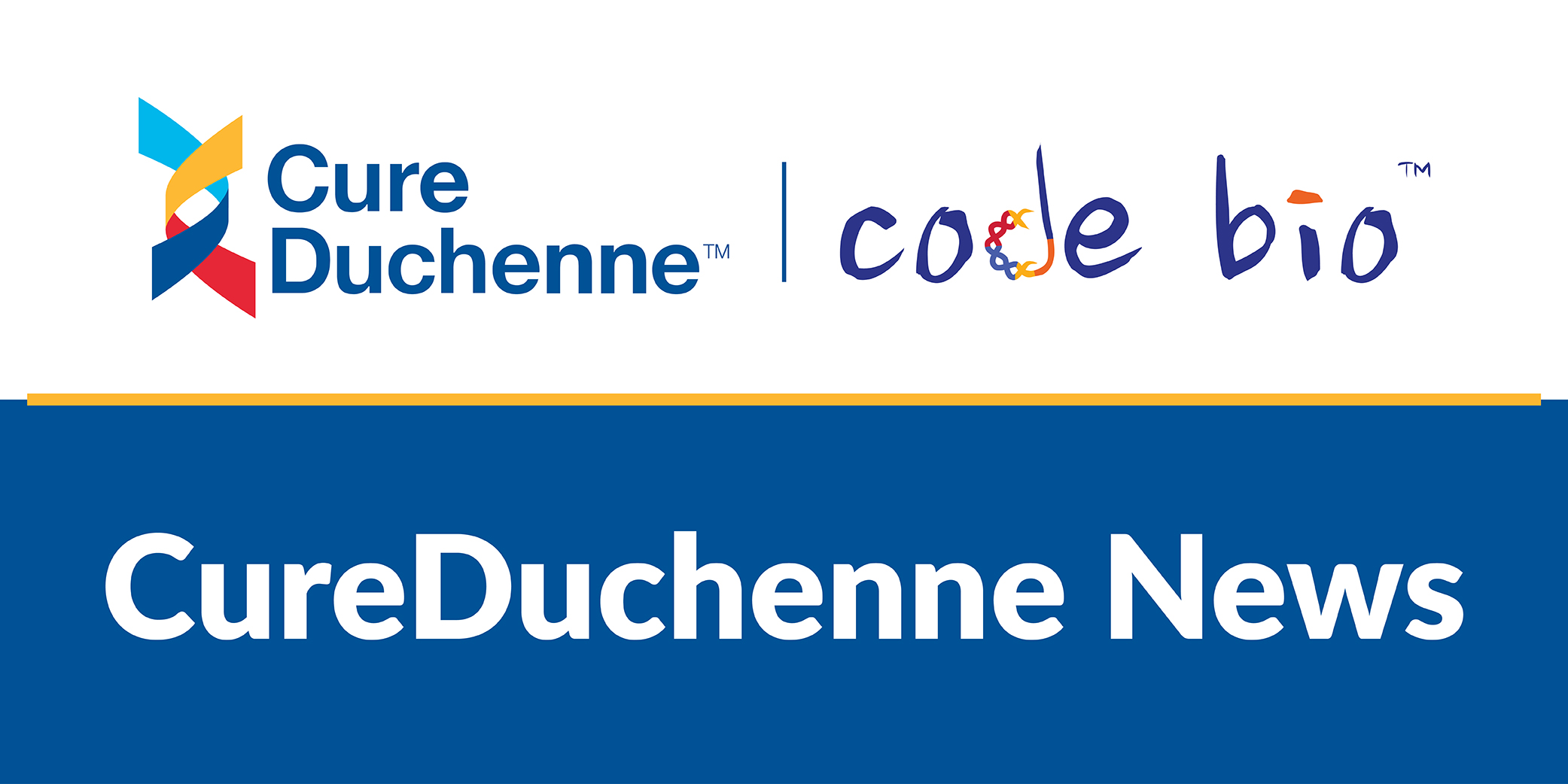CureDuchenne continues commitment to next-generation gene therapy with investment in Code BioTherapeutics

Today, CureDuchenne Ventures is pleased to share that we made a research investment into Code BioTherapeutics and their next-generation gene therapy platform. This is a promising technology aimed at overcoming the current limitations of gene therapy, an important strategic focus of ours.
Beyond our enthusiasm for the science (outlined below), we also wanted to convey how this opportunity is representative of the work CureDuchenne Ventures has been doing to foster and enable a robust Duchenne drug development pipeline. We have been busy; in the last 5 years we have made 15 impact investments, putting over $11M into early Duchenne research.
While each investment is different in its own way, what distinguishes CureDuchenne Ventures is that we are willing to consider Duchenne opportunities when they are at their earliest and riskiest — when the idea is there but not necessarily all the data. For the most promising of the opportunities we see, CureDuchenne Ventures’ job is to take on that risk for the sake of the Duchenne community. Therefore, our money goes where traditional investment capital does not easily flow, aiming to allow the work to get to a stage where large funders like venture capital firms and pharmaceutical companies will invest the hundreds of millions of dollars to fund the full drug development programs.
As always, our main purpose is to maintain the heightened pace of transformative investigation into therapies addressing all of Duchenne. One powerful way to do this is to deploy our ability to find promising research such as Code’s founding science, think critically about how that could be applied to Duchenne, and lend our expertise in designing the right types of experiments. In working with the Code founders early on, we did just that, and were able to collaboratively develop a path for Duchenne which encouraged them to make Duchenne a leading target.
CureDuchenne has long believed in the promise of gene therapy, and in fact have made several investments to facilitate gene therapy and gene editing in Duchenne.

Today, by joining together with a group of other investors, CureDuchenne Ventures leverages the other funding support and development of this early science, and lends focused application to Duchenne, in order to overcome complex challenges in dystrophin gene therapy.
While we are hopeful that Duchenne gene therapies currently in clinical trials will be successful, we are also already thinking ahead to how we can improve upon the limitations of the current approaches to make dystrophin gene therapy more effective and more available for a larger community of individuals. This is an important strategic focus of CureDuchenne Ventures, evidenced already by our investments in 4D Molecular Therapeutics (4DMT), Chameleon Biosciences, and Myosana Therapeutics. Therefore, we are excited for all the ways Code’s technology might address those needs.
Code’s technology would not use a virus to get the gene inside of cells, but rather is a proprietary synthetic DNA-based vector platform, called 3DNA®, which has the potential to deliver genes of all sizes to multiple cell types as a re-dosable therapy. Code’s work is still early, but there are a lot of promising aspects to their approach if they are successful.
- Since this is gene therapy, Code’s approach could work for anyone with Duchenne, no matter what mutation they have.
- Code’s technology aims to deliver full-length dystrophin. Dystrophin is encoded by the largest gene in the body, and because it does not fit inside of the viruses typically used for gene therapy, a shortened mini-dystrophin currently is used. But these mini-dystrophins (which contain roughly only 1/3 of the full dystrophin) likely will not restore all of the function of the full-length dystrophin.
- Since no virus is used, pre-existing immunity to virus is not a problem. The viruses currently used for gene therapy are present in the environment, so the likelihood that someone been exposed to that virus and developed neutralizing antibodies to fight off that virus increases as they get older. Neutralizing antibodies make viral-delivered gene therapy less effective, and individuals with pre-existing neutralizing antibodies are currently excluded from most gene therapy trials.
- Redosing could be possible. Viral delivery of gene therapy is currently restricted to a single dose because the body generates neutralizing antibodies against the virus in that first treatment. By not using a virus, Code’s technology could potentially be dosed multiple times for maximal effect, or to counter any diminishment of effect over time.
- Code’s technology can be optimized to target skeletal and cardiac muscle. Therefore, even though the therapy would be given intravenously and circulate throughout the body, it can be targeted to get inside the cells that need it most.
CureDuchenne Ventures investment in Code represents the way we are always looking for new opportunities with innovative strategies to overcome the current limitations in therapy development, so that every individual with Duchenne muscular dystrophy might have access to safe and highly effective treatments.
As always, we rely on the Duchenne community and our generous supporters to help CureDuchenne raise the funds to support this potentially transformative research.
Donate: www.CureDuchenne.org/donate




